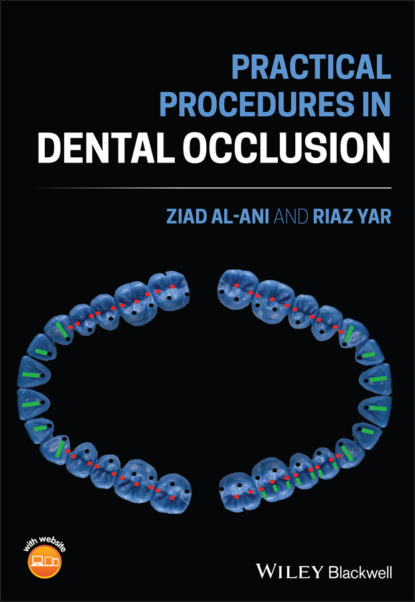ion id="ue74463a0-55df-5302-b168-74ea9f29ba7c">
Table of Contents
1 Cover
9 2 Neuroanatomy – Why is It Important? Introduction Neuroanatomy Mastication Deglutition (Swallowing) Cognitive Trap Conclusion References Further Reading
10 3 What's of Use to Me in Practice? Armamentarium, Equipment and Techniques The Occlusal Examination Tray Shimstock Foil Articulating Papers Miller's Forceps Registration Media and Techniques Polyvinyl Siloxane Syringable Materials Centric Relation Record Facebow Registration Articulators How to Make a Stabilisation Splint (SS) Further Reading
11 4 I Don't Know What I Am Recording. Where Are the True Contacts? Scenario Rationale Procedure Conclusion References Further Reading
12 5 The Crown is High Scenario Rationale Procedure References
13 6 My Bite Feels Different What was the Most Likely Cause of the Patient's Complaint? How Can This Conformative Approach Be Adopted Practically? Can the Dentist Adjust the Teeth Opposing the Bridge to Improve the Occlusion and Hopefully Reduce the Patient's Discomfort? No! Further Reading
14 7 ‘My Front Tooth Filling Keeps Fracturing’ Scenario Rationale Procedure Summary References
15 8 TMD and Occlusion – Is There a Link? Is There Any Evidence to Support the Use of Occlusal Adjustment as an Initial Therapy in TMD Management? Occlusal Adjustment for Treating TMD Patients Further Reading
16 9 How Would I Adjust a High Occlusal Contact? Scenario Rationale Equipment Procedure References
17 10 How Would I Ensure a Good Occlusion on Posterior Composite Restorations? Static Occlusion Occlusal Surface Morphology and Anterior Guidance Further Reading
18 11 My Front Teeth Feel Loose and Are Moving Retruded Contact Position Can Be Associated with Occlusal Problems Conforming to Existing Guidance When Restoring Anterior Teeth: Copying Anterior Guidance Clinical Case Further Reading
19 12 Canine Guidance or Group Function? Canine Guided Occlusion
